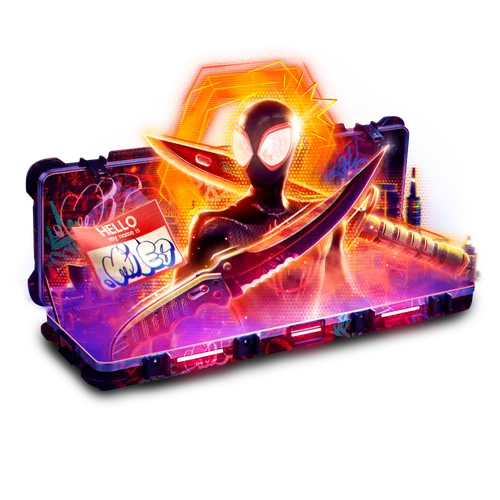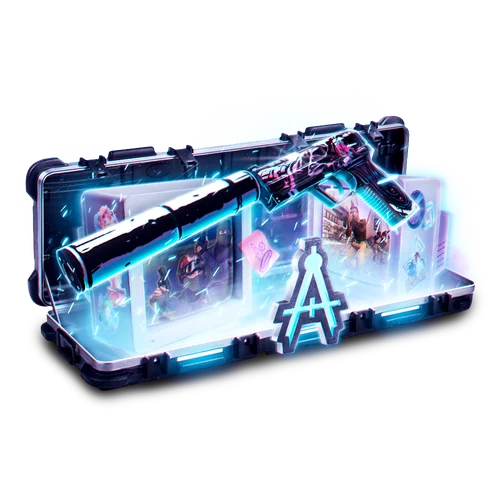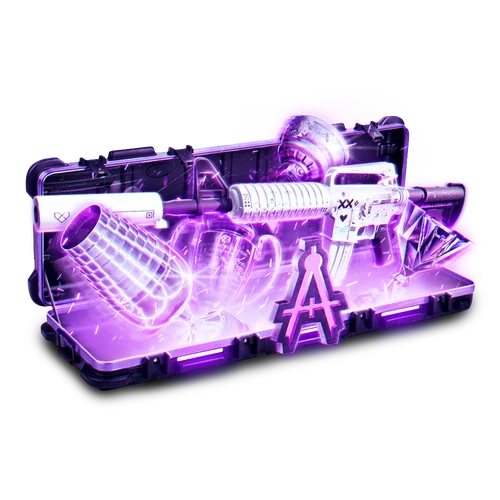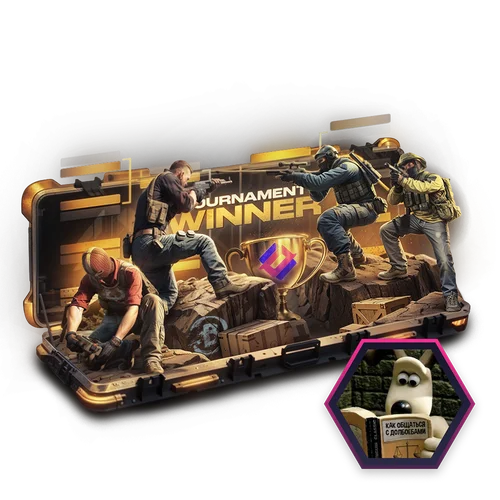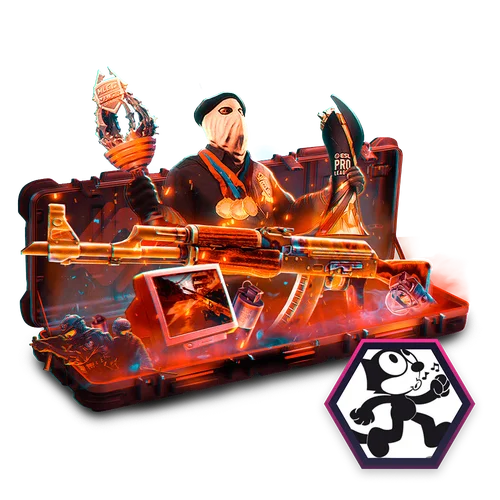Exploring the enigmatic terrain of Ancient, a bomb defusal map nestled deep within the heart of a lush rainforest, unveils an Aztec archaeological marvel. This unique battleground boasts distinct hues defining the two pivotal bombsites: A Site adorned in vivid orange and B Site cloaked in a serene pale blue. Mastering Ancient hinges on grasping fundamental callouts and key landmarks sprawled across its terrain.
This knowledge serves as the linchpin for effective team communication and the formulation of strategic maneuvers. The map’s relative novelty adds an intriguing layer to the evolution of callouts, devoid of official nomenclature, thereby prompting professional CS2 players to coin varying references for its locales.
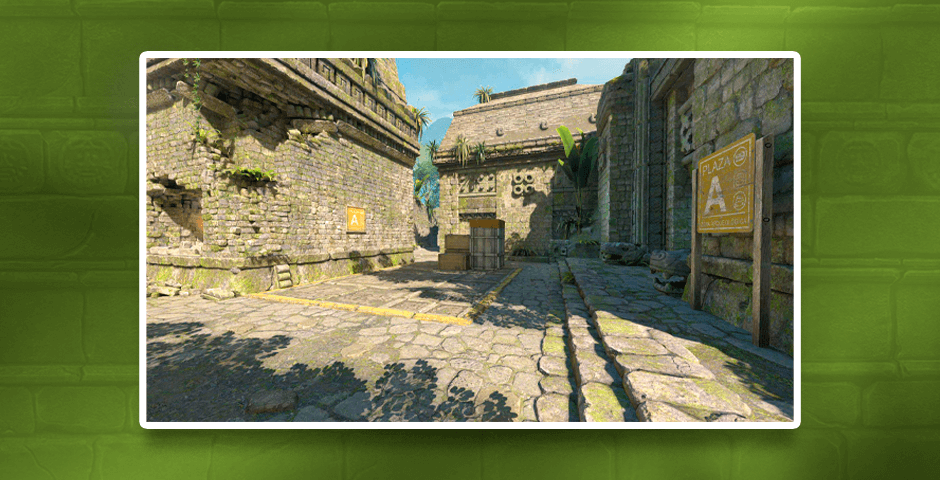
Mastering Ancient Map Callouts
Ancient A Site
- A Site encompasses the expansive territory bordered by CT Lane, Short, and Big Box, serving as the designated area for planting the bomb on the A bombsite.
- Triple Box: This configuration comprises three boxes positioned towards the rear section of the A Site. It offers Terrorists a secure planting spot, especially when Counter-Terrorists are positioned along CT Lane.
- CT Lane: A pathway facilitating swift access from CT Spawn to A Site, presenting one of the rapid entry points for Counter-Terrorists towards the A Site.
- Temple: A thoroughfare establishing a direct link between CT Spawn and the A Site, providing a strategic path for Counter-Terrorist movement.
- CT Spawn: The specific zone on the map where Counter-Terrorist team members initially spawn. It acts as a nexus connecting to Temple, CT Lane, Snipers Nest, and Alley.
- A Halls: This zone links Stairs and A Main, offering Terrorists an ideal lurking spot to hinder any potential push from Counter-Terrorists at A Site.
- A Main: The section leading from A Halls into the Long corridor, serving as an access point towards Long from the A Halls area.
- Long: One of the primary entryways utilized by Terrorists to access A Site, providing an opportunity to scout the Boost location before advancing into the Site.
- Boost: Positioned to the right of Long upon entering A Site through A Main, this spot earned its moniker due to the frequent CT strategy of boosting teammates up to defend A Site effectively.
- Big Box: A sizable crate situated adjacent to A Site, distinct from the nearby crate known as Single, which is another structure placed in proximity.
- Single: A narrower crate positioned near the Plat area close to A Site, offering players some cover while defending the site from the Plat region.
- Plat: A raised platform nestled in the corner adjacent to A Site, forming a strategic location pivotal for map control and defensive maneuvers around A Site.
Ancient B Site
- T-Lower: Positioned just beyond the ruins exit, this area serves as a nexus connecting various pathways leading towards the B site.
- T-Upper: A lift granting access to the excavation and the central catwalk at the heart of the map.
- Cat: A strategic location where players move from the T-Upper towards the midpoint of the map.
- Ramp: An extended ascent from T-Lower directing towards the B site.
- Excavation: A compact room serving as the starting point for one of the routes leading into the B site.
- Dark: A narrow corridor linking the excavation area to the entrance of the cave.
- Cave: A spacious chamber situated just before the entrance to the B site.
- Banger: A small yet crucial corner within the B site, often utilized by defensive players for positioning.
- Pillar: A towering structure positioned within the confines of the B site, providing cover and strategic advantage.
- Main B: A pivotal location bridging the B site and the cave, facilitating movement between the two areas.
- First Lane: A distant passageway primarily utilized by defensive players to approach the B site.
- Second Lane: A closer passage serving as an alternate route for defensive players to access the B site.
- Back Alley: An expansive space situated beyond the two entry lines leading into the B site.
- Alley: The initial segment preceding the entrance to the secondary entry line into the B site.
Ancient Mid
- Lower Mid: A compact zone nestled around the corner, serving as a link between the middle of the map and the connector area.
- Xbox: The set of crates positioned behind the short distance in the middle of the map, providing cover and strategic vantage points.
- Pit: A shallow recess located near the exit used by defensive players towards the center of the map. This oblong corner, opposite the entrance to the donut, offers a hiding spot for opponents.
- Top Mid: Denoting the elevated position reached from a small room following the connector, providing an advantageous viewpoint.
- Chamber Lane: An area situated just before the entrance to the donut, aligning with the path leading to the chamber.
- Cubby: A small enclave positioned within the chamber lane, offering cover and a strategic position in proximity to the donut area.
- Donut: The general term for a square-shaped room linking the middle of the map to the exit leading to the A site.
- Sniper Nest: The room closest to the center of the map, interlinking the connector and the top mid region, often providing a strategic spot for sniping.
- House: A closed room facilitating connectivity between CT-Spawn and the exit leading to the center of the map, offering potential cover and maneuverability options.
T-Spawn
- T-Spawn: The spawning point for players on the attacking side at the start of a round.
- Canal: A pathway extending from T-Spawn, leading towards the exit accessing the B site. Notably characterized by its narrow and elongated structure.
- Water: A small area immediately following the exit from the canal.
- Ruins: A broad term denoting the area that links the water space to the doors leading towards T-Ramp.
- T-Ramp: The subsequent route for advancing, characterized by a small elevation leading to a broad stone column situated near the exit towards the center of the map.
- Jungle: An expansive region connecting T-Ramp to the exit leading to the middle of the map, surrounding the stone column and providing maneuverability.
- Stairs: A raised pathway connecting the jungle area to the main hall (main), facilitating movement between these zones.
- Connector: A narrow passage directing towards the central area of the map, serving as a crucial link between various zones and pathways.
CT-Spawn
- CT Spawn: The starting point for Counter-Terrorists at the beginning of CS2 rounds, serving as the initial spawn area for this team.
- CT Lane: A corridor located to the right of Counter-Terrorists’ spawn area, featuring two connected passageways. The inner passage, often referred to as Temple, lies on the right side.
- Back Site: A section that links CT Lane to A Site, positioned as a space behind the bombsite and in closer proximity to CT Spawn.
- Triple Box (Triple): A collection of boxes situated near A Site, positioned closer to CT Spawn, often utilized as cover or strategic positioning for Counter-Terrorists defending the A Site.
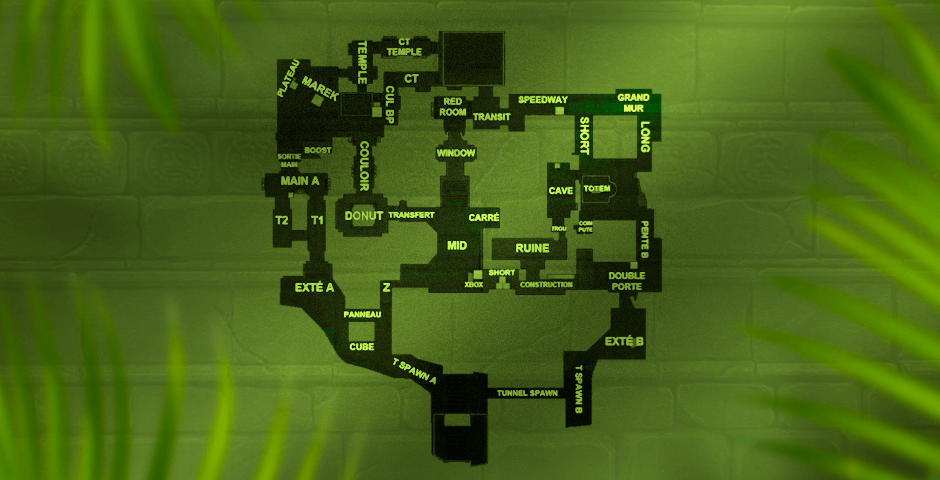
Mastering Ancient: Navigating Crucial Callouts for CS2 Success
The article delves into essential callouts within CS2 Ancient map, emphasizing crucial locations and landmarks pivotal for effective communication and strategy. It highlights the significance of mastering callouts for both offensive and defensive plays, fostering team coordination and maneuvering.Ultimately, a thorough understanding of Ancient callouts becomes imperative for players aiming to excel on this map, facilitating cohesive teamwork and informed decision-making during intense gameplay sessions.































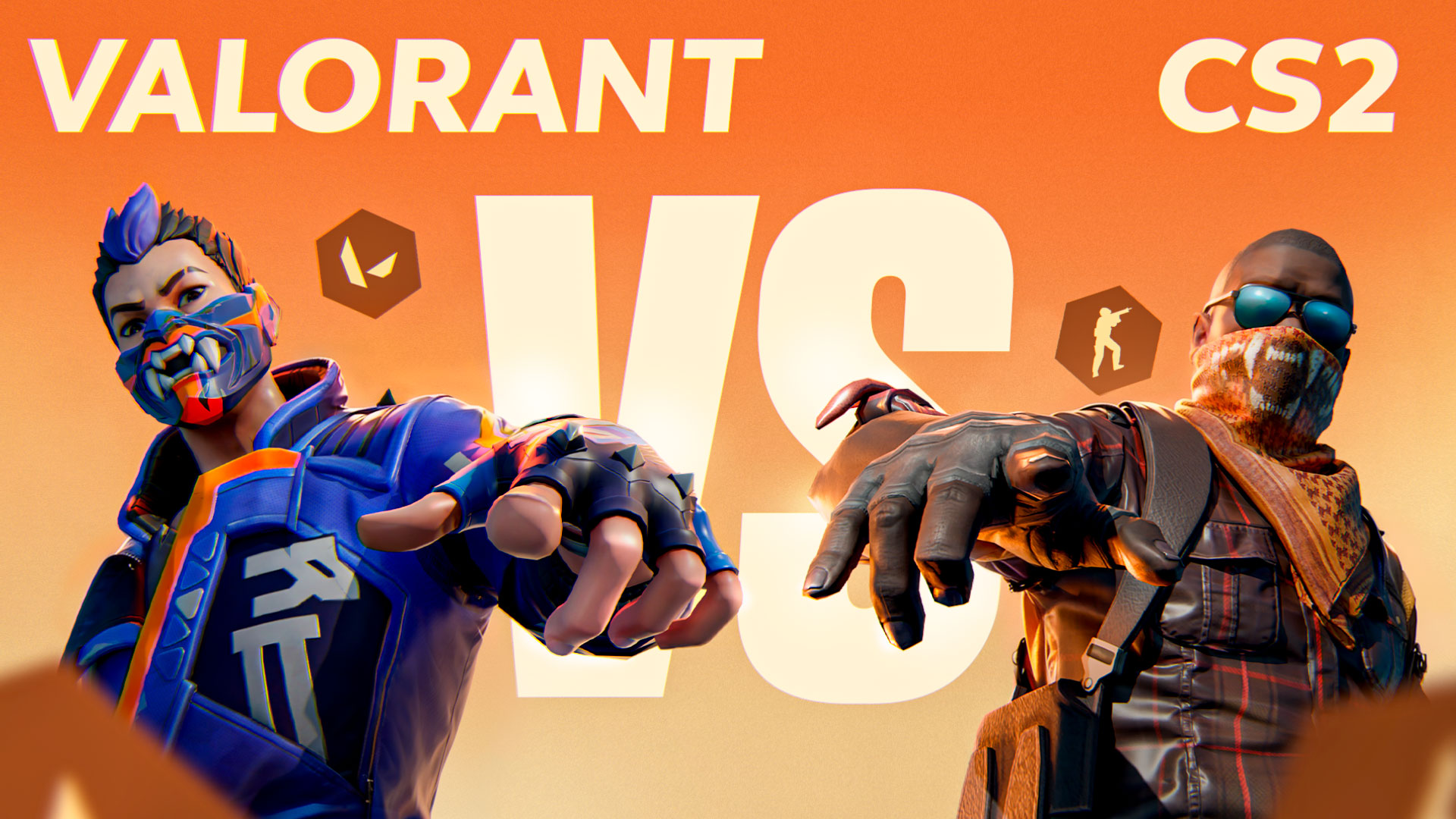
![How to Get Cases in CS2: Ultimate Guide [2024]](https://front.stage.jamson-sc.dev/community/wp-content/uploads/2024/08/Main-x-Name-32.jpg)

